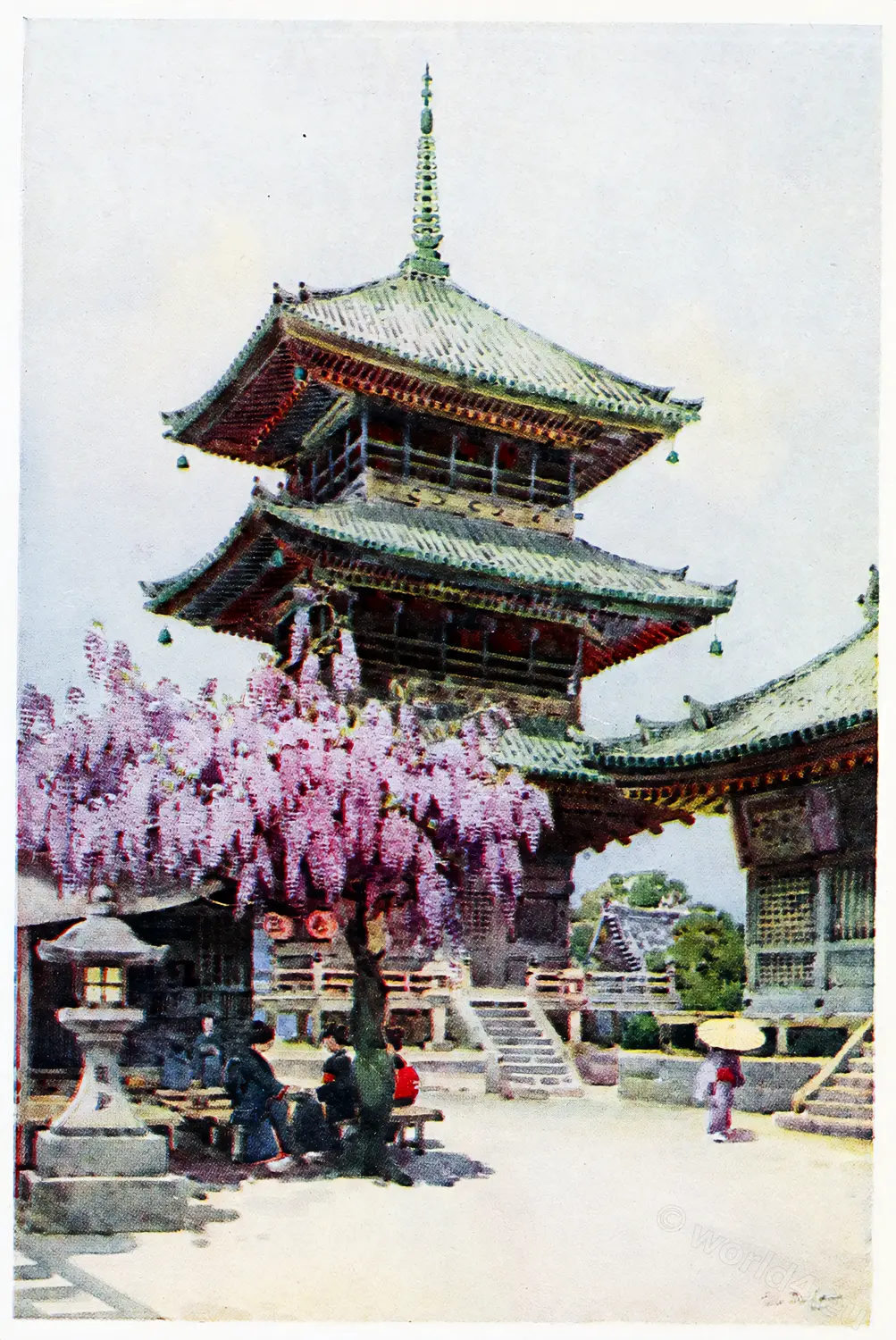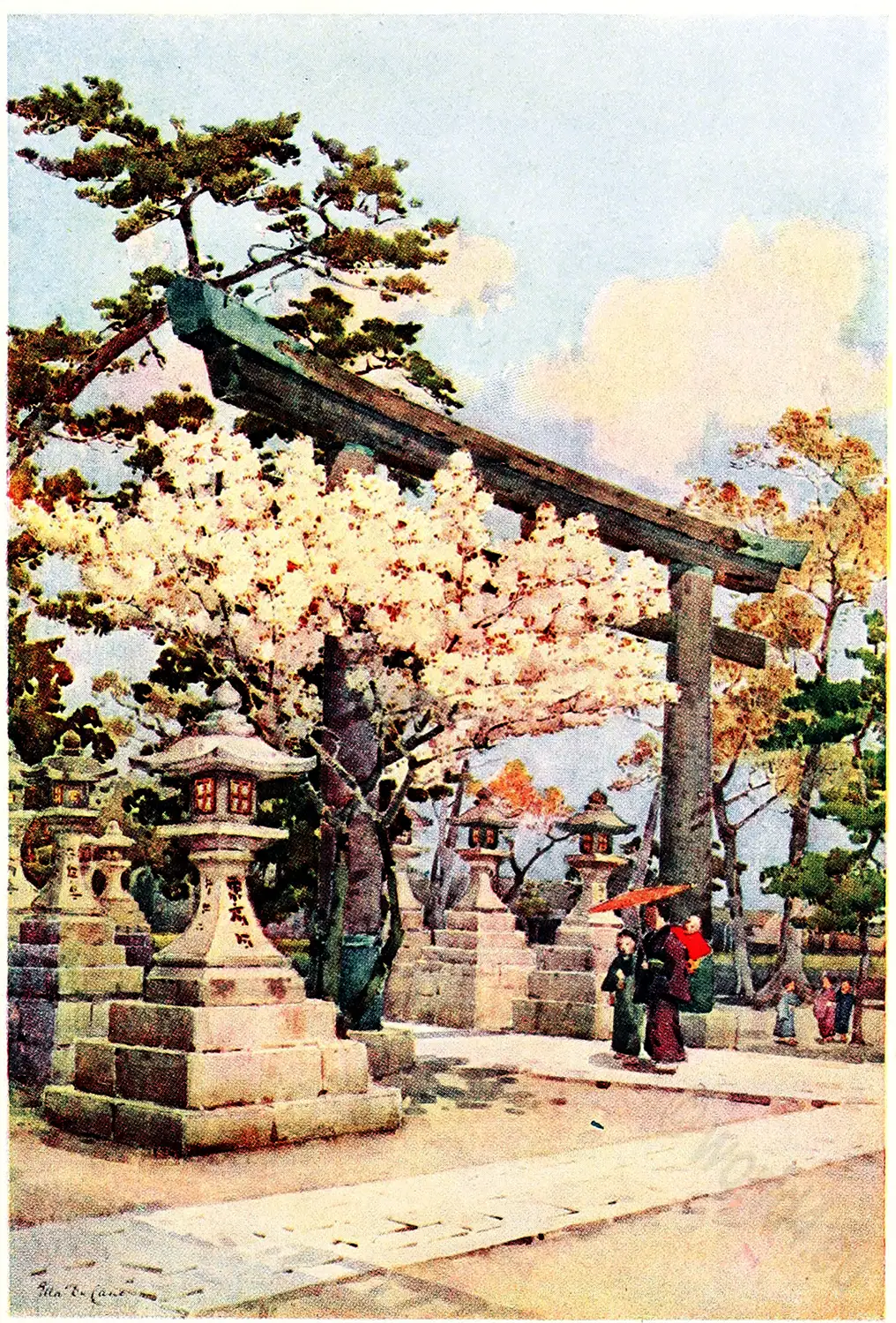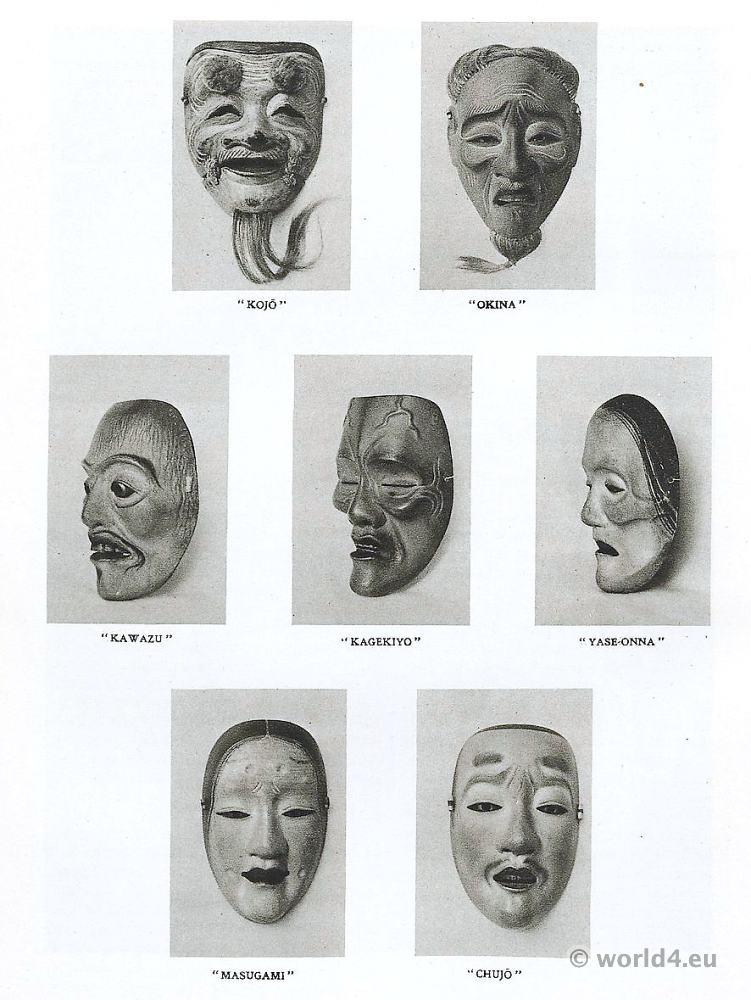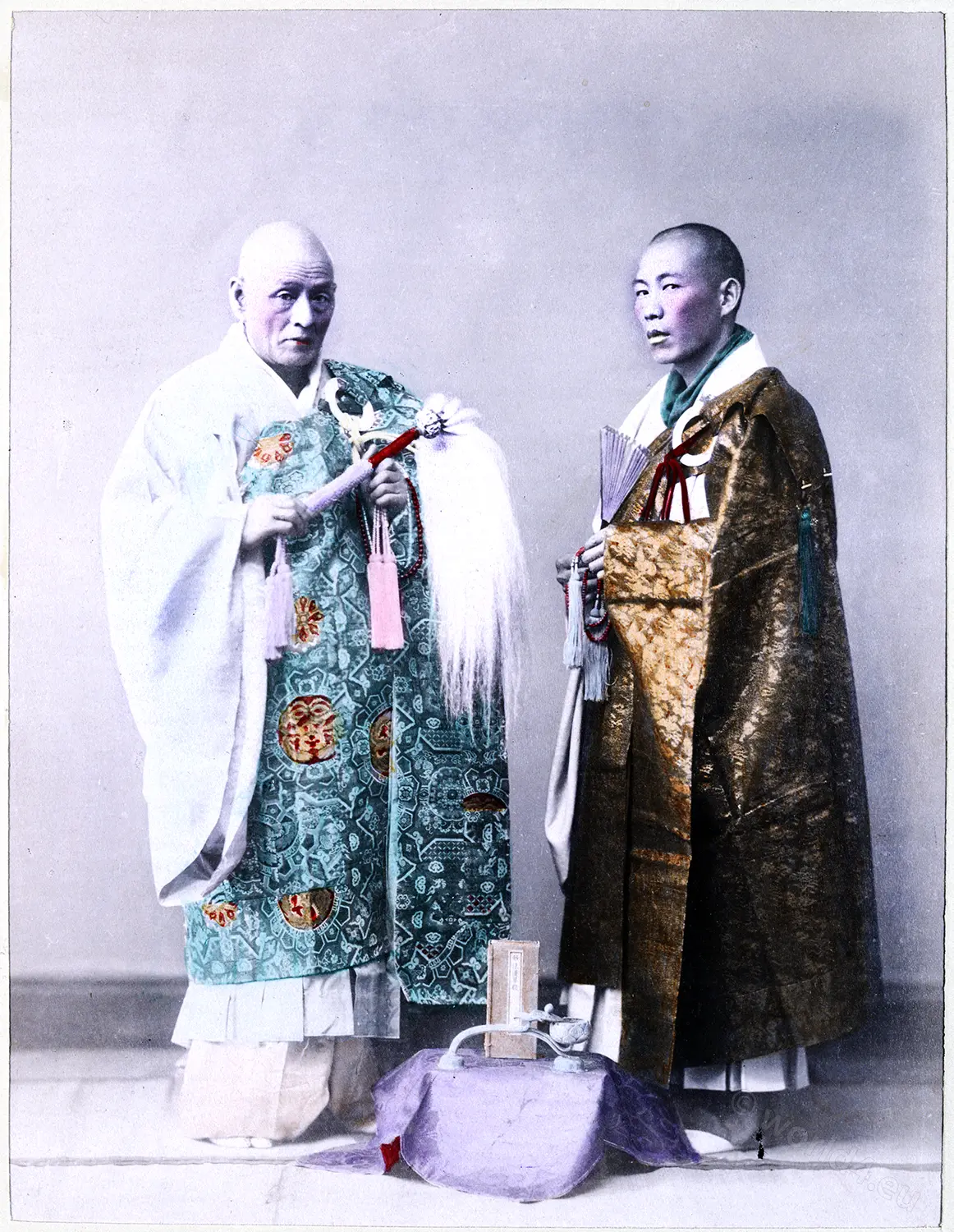The Kōtoku-in (Japanese: 高徳院) is a Buddhist temple in the Japanese city of Kamakura. It is home to the Great Buddha (jap. 大仏 daibutsu), one of the most important representations of the Buddha Amitabha (jap. Amida).
The depiction of the daibutsu in the Kōtoku-in stylistically follows the Buddhist art of the Kamakura period (1192-1333) in Japan.
THE BRONZE BUDDHA AT KAMAKURA
by Francis Brinkley
There are countless images of Buddha to be found throughout Japan, but none of them can for a moment compare with this great work of art, which stands facing the sea on the deserted site of Kamakura, an ancient capital of Japan. It is wonderfully impressive, not merely because of its size, but because it truly symbolises the central idea of Buddhism — the intellectual calm which comes of perfected knowledge and the subjugation of all passion.
To-day it stands in the open air, surrounded by a small park kept in order by private subscription. When built in 1251 it was under cover of a large temple 150 feet square. A tidal wave in 1369 destroyed the building, but left the statue unharmed. The temple was rebuilt and again destroyed by a second tidal wave in 1494, since which time the image has remained uncovered.
It is, however, in excellent preservation, and will no doubt be able to resist the elements for centuries to come. The first temple erected on this spot was in the eighth century, but the temple which first sheltered the image was built in 1241.
The eyes of the Buddha are of pure gold, and the silver boss on the forehead weighs 30 pounds. The image is built of bronze castings brazed together, and the hollow interior contains a small shrine and a ladder leading up into the head.
Heigh: 49 feet 7 inch
Circumference: 97 feet 2 inch
Length of face: 8 feet 5 inch
Width from ear to ear: 17 feet 9 inch
Round white boss on forehead: 1 feet 3 inch
Length of eye: 3 feet 11 inch
Length of eyebrow: 4 feet 2 inch
Length of ear: 6 feet 6 inch
Length of nose: 3 feet 9 inch
Width of mouth: 3 feet 2 inch
Height of bump of wisdom: 9 inch
Diameter of bump of wisdom: 2 feet 4 inch
Curls (of which there are 830). Height: 9 inch Diameter: 1 feet
Length from knee to knee: 35 feet inch 8
Circumference of thumb: 3 feet
Entrance to Temple in Kamakura.
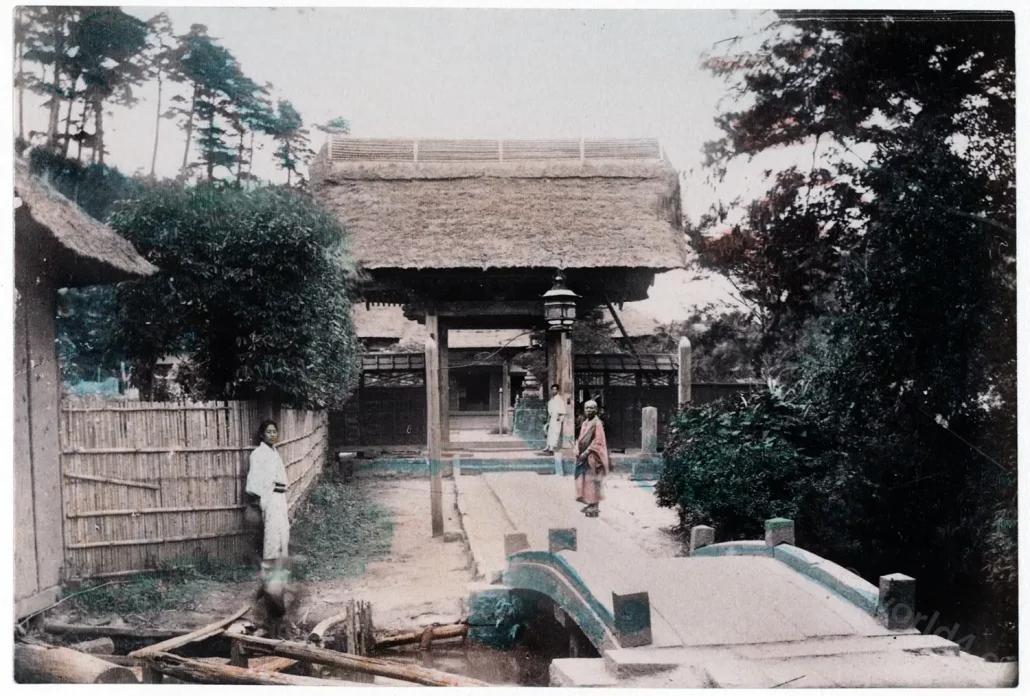
Kamakura is now a small seaside resort near Yokohama. In the 12th century it was the capital of Japan, with a population of over one million inhabitants.
Source: JAPAN. Described and Illustrated by the Japanese. Written by Eminent Japanese Authorities and Scholars. Edited by Captain F. Brinkley (1841 – 1912) of Tokyo Japan. With an Essay on Japanese Art by Kakuzo Okakura (1860 – 1929) Director of the Imperial Art School at Tokyo Japan. 1897.
Francis Brinkley (30 December 1841 – 12 October 1912) was a British newspaper proprietor and publisher who served as a foreign adviser to Japan during the Meiji era. He lived in Japan for most of his life and was the author of several books on Japanese culture, art and architecture, as well as an English-Japanese dictionary. He is also known as Frank Brinkley or Captain Francis Brinkley, and was the great-uncle of Cyril Connolly.
Discover more from World4 Costume Culture History
Subscribe to get the latest posts sent to your email.




